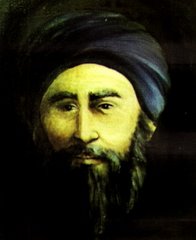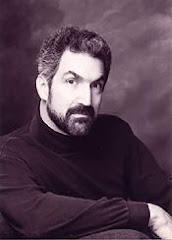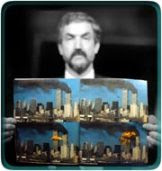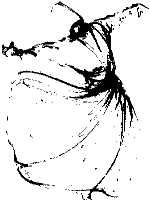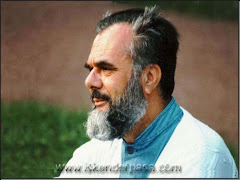
One of the best books I’ve read this year is entitled Leave to Remain. It’s a memoir by an associate professor of environmental engineering at the University of Sydney. The author talks about his experiences growing up in a country wracked by civil war, his studies and work in the United Kingdom and his eventual settlement in Australia. Of particular interest to me was reading about how the author gets along with people of his own ethnic and religious heritage.
That author’s experiences are somewhat similar to my father’s. Dad completed his PhD in Canberra during the 1960’s before moving back to his home country of Pakistan. He was about to be transferred to what was then East Pakistan when he was offered a job in Sydney. Had that job offer not come through, he and his family may have been caught up in a civil war.
My father has an Indian Muslim heritage. He privately practices his faith. The author of Leave to Remain, Dr Abbas El-Zein, has Lebanese Muslim heritage. He publicly professes to be a non-believer. They could both be described as “Muslim migrants”. They both migrated in similar circumstances.
But can these migration experiences really be compared? Isn’t it like comparing chalk
and cheese? And isn’t comparing one Muslim experience to another a little silly?
Greg Sheridan, the Foreign Editor of a foreign-owned newspaper calling itself The Australian, doesn’t seem to think so. Recently he wrote a column suggesting we need to have a debate in this country about the desirability of having Muslim migrants. Or migrants from Muslim backgrounds. Or migrants from Muslim-majority states. He message wasn’t very clear.
Sheridan’s editor gave him the headline of “Uncontrolled Muslim influx a threat”. He acknowledged in the 4th paragraph that:
It is extremely difficult to talk honestly about Muslim immigration. All generalisations about it are subject to countless exceptions. Muslims are very different from each other.
Sheridan then proceeded to praise a book which made all kinds of outlandish generalisations in the service of a conspiracy theory that Muslims are on the verge of taking over Europe. It was real “Eurabia” stuff.
Apparently Muslim migration leads to certain problems for host societies that Sheridan describes as “the Muslim problems”.
These problems include: they outbreed us; they tend not to integrate, they have a strange kind of victimhood, they all seem to hate Jews.
Sheridan says that the solution is that we should not have uncontrolled Muslim immigration. Since when has Australia had uncontrolled Muslim immigration? Indeed, since when has Australia had an immigration policy that is built on religion? Yes, we had the White Australia Policy. But this policy did not stop Albanian Muslims from migrating here in the 1920’s or Yugoslav Muslims in the 1940’s and ‘50’s.
You’d think an experienced editor of a national newspaper would get his facts right. But sadly when it comes to issues even vaguely related to something vaguely related to something deemed Muslim, facts and logic are thrown overboard. This is what happens when we allow others to write our story instead of writing it ourselves.
If for no other reason than this, we need a national newspaper that reflects the diversity of opinion among those Australians who feel inclined to tick the “Muslim” box on their census forms. The newspaper you are holding in your hands or reading on your screens is put together by a bunch of writers and editors who disagree on more things than they agree on.
Yet we still are civil in our disagreements and appreciate each other’s criticisms. After all, as the greatest of men said, disagreements among his followers are a mercy from God.
So celebrate the first anniversary of the
Crescent Times. And if you disagree with anything I or anyone else writes here, put pen to paper (or fingers to keyboard) and give readers a piece of your mind. You’ll only be adding to our collective store of divine mercy.
Words © 2009-10 Irfan Yusuf
 Bookmark this on Delicious
Bookmark this on Delicious




![]()
![]()






